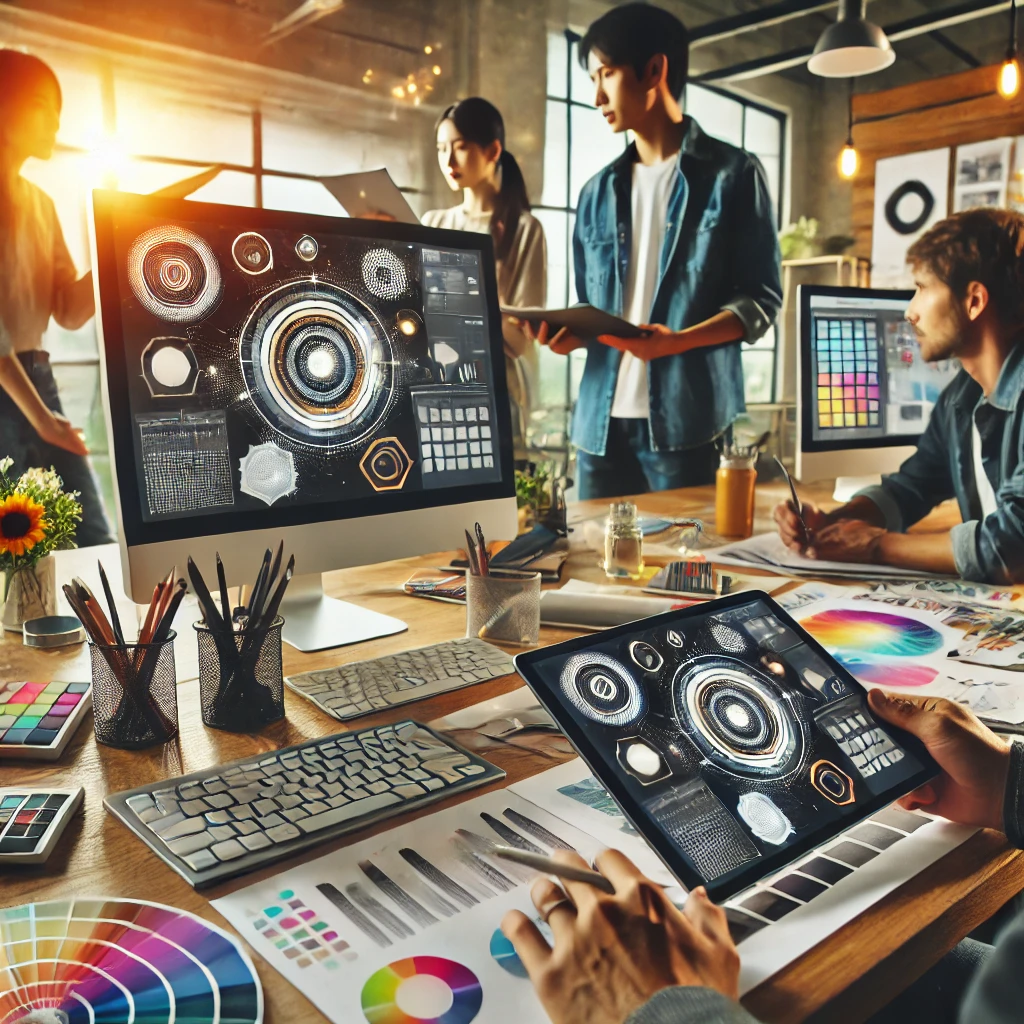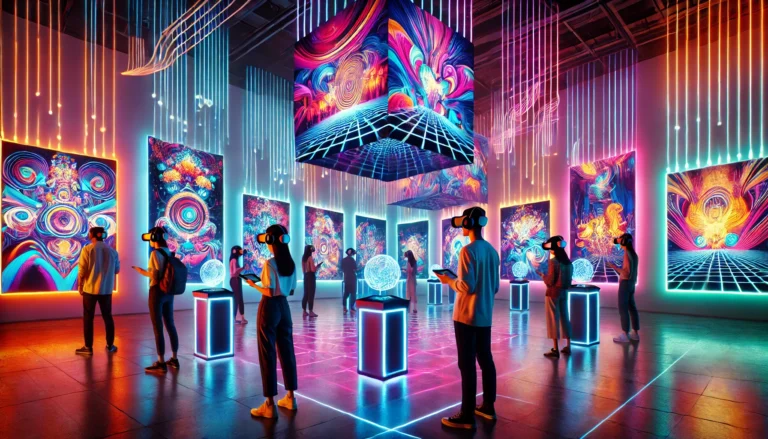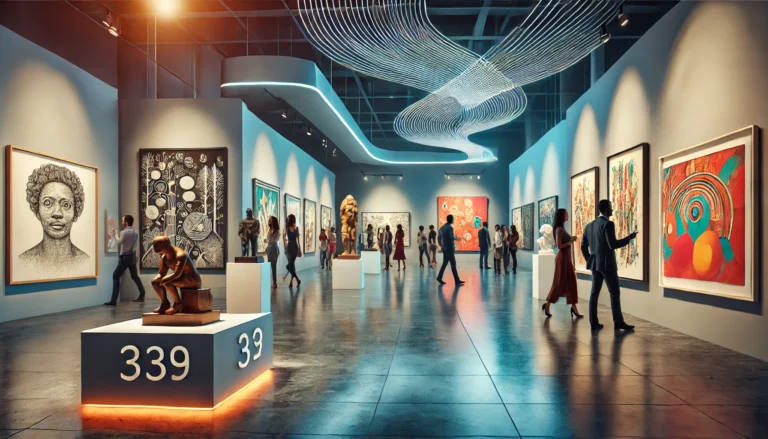Introduction: The Pulse of Creativity
Have you ever walked into a room where creativity pulses like electricity? I remember stepping into a design studio for the first time. The space vibrated with ideas. Every surface whispered a story. As a Creative Director, I have always been captivated by these hidden narratives. Today, we pull back the curtain to reveal the intimate world of top designers. Moreover, we will explore the passion, challenges, and triumphs that drive creativity. Whether you are a budding artist or a seasoned professional, you will find inspiration in these stories.
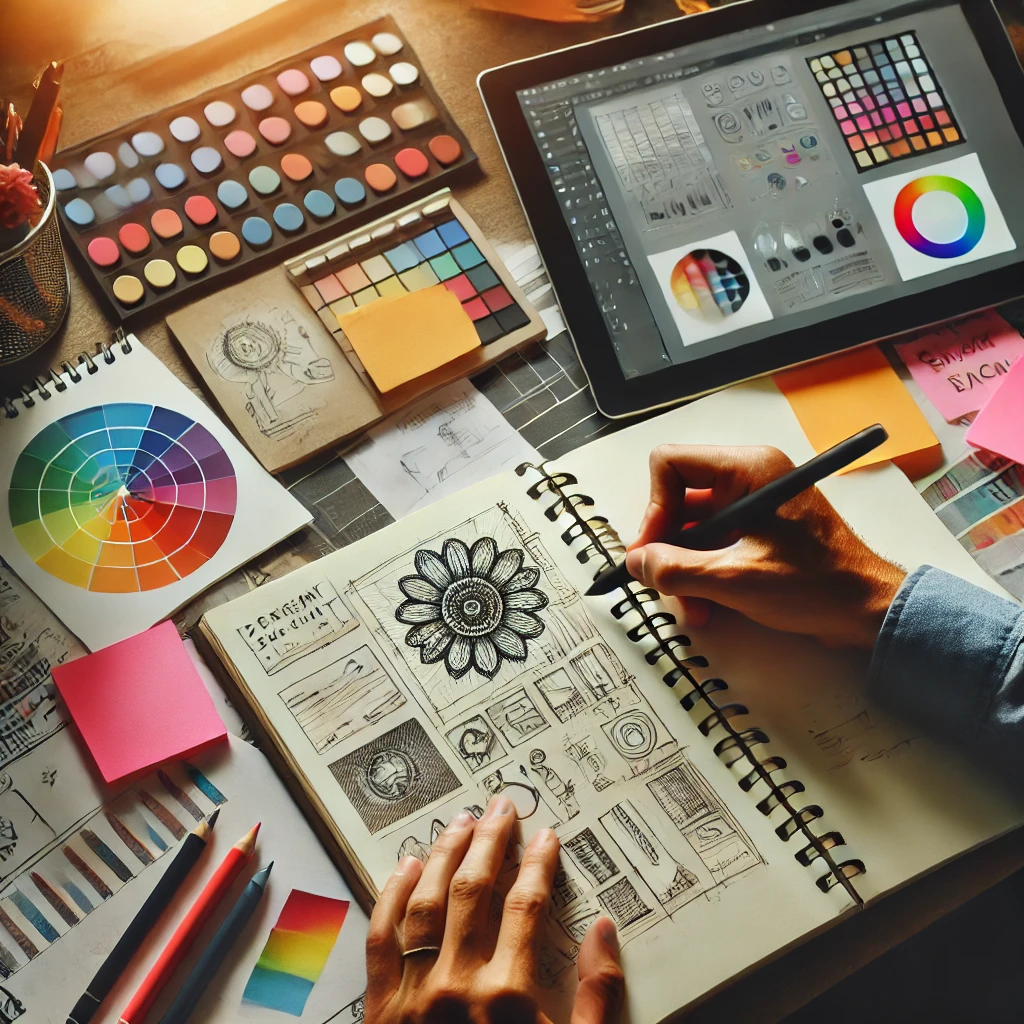
Profiles of Top Designers
Every design masterpiece begins with a story. It is a journey filled with twists, early inspirations, and moments of serendipity. Imagine a young designer scribbling ideas on scrap paper. They dream of a day when those sketches burst into life. Now, picture that same designer years later. They transform those humble doodles into groundbreaking visuals that captivate audiences worldwide.
In this section, we explore the lives of top designers. Their diverse backgrounds and personal experiences have shaped their creative visions. To improve readability, we have divided this section into three parts:
Early Inspirations
Discover how early influences spark creativity. A childhood full of playful doodles or an awe-inspiring encounter with art can ignite a passion for design. For example, one designer credits their fascination with architecture to building intricate Lego structures. Meanwhile, another found inspiration while traveling through vibrant cities.
Career Highlights
Learn about the pivotal moments that defined their paths. Designers often have breakthrough projects that shatter conventional norms. Furthermore, they receive awards and accolades as testaments to their perseverance and innovation.
The Human Side of Design
Beyond portfolios and achievements, designers share personal challenges. They reveal the struggles that keep them motivated. Their stories remind us that every great design results from numerous experiments and even failures. Thus, every moment of brilliance becomes more meaningful.
Imagine sitting with a trailblazer over a cup of coffee. They recount how they transformed abstract ideas into tangible designs. Their experiences are both admirable and relatable. As you read, ask yourself: What small moment ignited your creative journey? How can you nurture that spark?
The Creative Process
Imagine embarking on an epic journey where each idea is a hidden treasure. It begins with an electrifying spark, much like lightning on a quiet evening. I have noticed that the best ideas often start in the most unassuming moments. For instance, a stray thought during a morning coffee or a fleeting image during a walk.
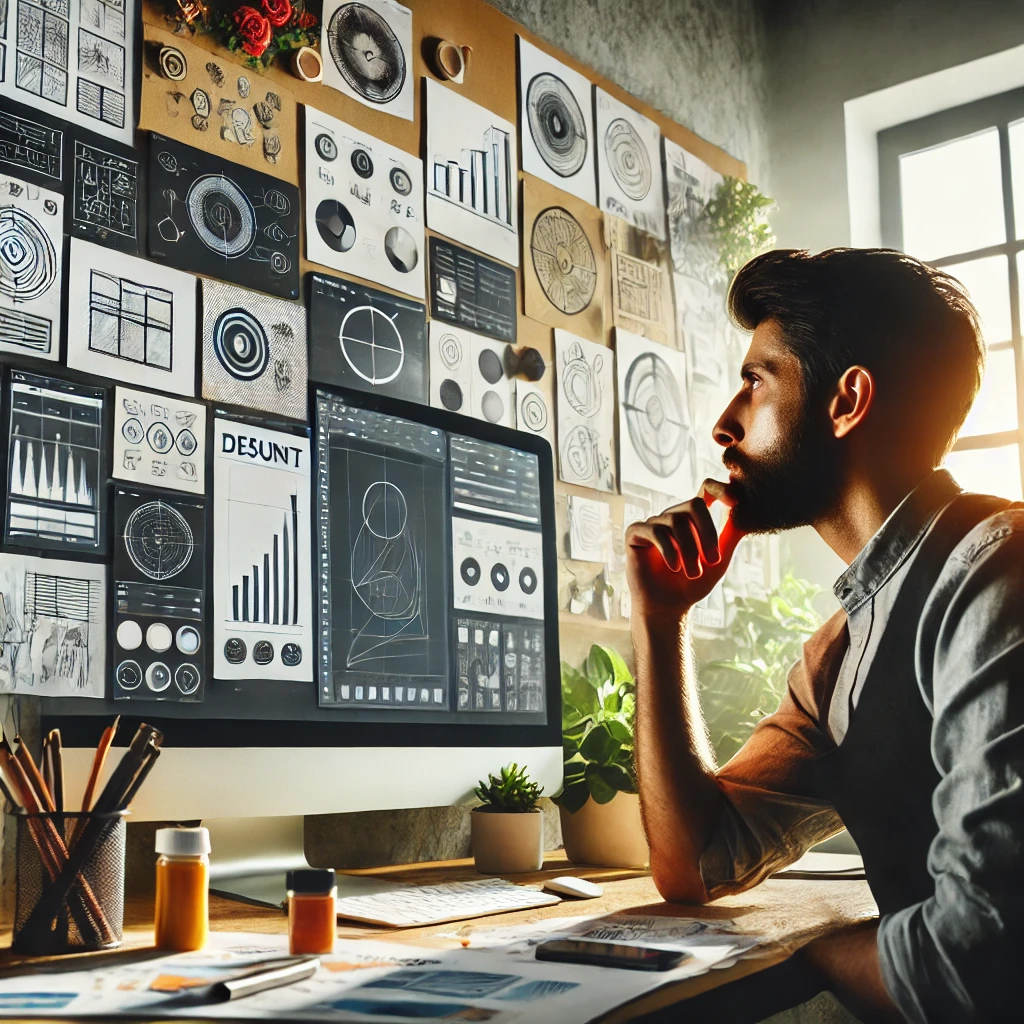
Brainstorming & Ideation
The initial phase is like exploring an uncharted forest. Every twist reveals a new possibility. First, unleash your ideas. Picture yourself surrounded by sticky notes and sketches. Each scribble is a potential masterpiece. Then, let go of your expectations and allow your mind to wander. I recall a brainstorming session when a random doodle sparked an innovative design concept. Additionally, ask yourself, “What if there were no limits to my creativity?” and “How can I turn this fleeting thought into something tangible?”
Execution & Iteration
Once ideas have taken root, it is time to shape them into reality. This process resembles sculpting a raw block of marble into a refined statue. First, start with the initial concept. Next, mold and reshape your idea, much like a potter works clay on a wheel. Experiment with different forms and colors. I remember a project where my first draft was rough. However, through repeated iterations and feedback, it evolved into a refined design. Ask yourself, “What small adjustment could elevate this idea further?” This reflection guides you toward creative success.
Final Touches & Refinement
Finally, add the finishing touches. This stage transforms a work in progress into a complete story. Imagine adding the final strokes to a masterpiece painting. Every detail counts. Furthermore, gather feedback from peers or mentors. Their insights are like the perfect seasoning in a gourmet dish. Reflect on your work by asking, “Does every element serve the story I want to tell?” This step ensures your design is both captivating and polished.
Tools & Technology in the Studio
Today’s design studios blend traditional techniques with cutting-edge technology. The first time I used a digital stylus, it felt magical. It unlocked endless possibilities beyond paper and pen. Moreover, modern tools transform abstract ideas into tangible visuals. If you’d like to explore how design thinking and user empathy can reshape creative projects, check out this detailed article from the Interaction Design Foundation. It covers the core principles of empathy-driven design and how they can spark fresh ideas.
Software & Hardware: Your Creative Arsenal
Imagine your tools as a painter’s palette. Each program contributes its own hue. Designers rely on software such as Adobe Creative Suite, Sketch, and Procreate. These tools are indispensable. For example, switching to a digital platform allowed me to experiment with colors in real time. Meanwhile, high-resolution tablets and powerful PCs serve as essential hardware that inspires creativity.
Innovative Techniques: Merging Art with Technology
Innovation drives modern design. Augmented reality (AR) and virtual reality (VR) now create interactive experiences. I remember exploring a VR exhibition; it felt like walking through a living painting. Additionally, blending traditional and digital techniques is like mixing spices in a recipe. A subtle digital enhancement can elevate a design in unexpected ways.
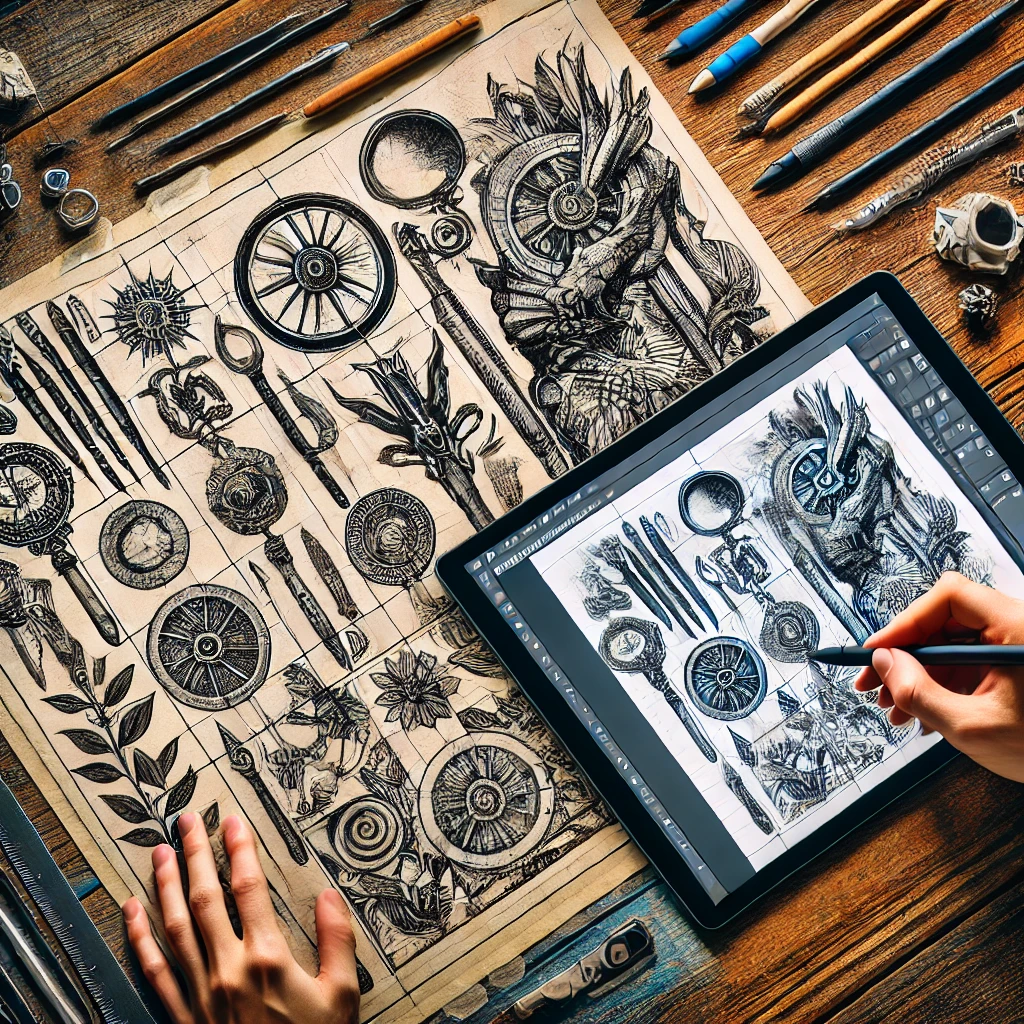
Trends & Recommendations
It is essential to stay updated. New tools often become tomorrow’s standards. For example, some designers swear by a specific tablet for its precision. Others leverage AI to predict design trends. These real-world examples provide practical recommendations for those eager to experiment.
Challenges & Inspirations
Every creative journey includes obstacles and moments of brilliance. Much like a sculptor chisels away at marble, designers face challenges that reveal hidden beauty.
Embracing Creative Challenges
We all know the struggle of a blank canvas. I have stared at empty screens and felt the pressure of endless possibilities. However, I learned that uncertainty often precedes innovation. Moreover, setbacks are not failures; they are lessons that guide us toward breakthroughs.
Finding Inspiration in Unexpected Places
Inspiration often strikes when you least expect it. It might be a busy street moment or the intricate patterns of nature. For instance, one designer transformed a personal setback into celebrated work. These stories remind us that creativity can flourish from the ordinary. Therefore, always remain open to new ideas.
Reflective Questions
How do you turn a setback into a stepping stone? What everyday moment has sparked a great idea in your life? These questions invite reflection and personal growth.
Future Trends in Design
Looking into the future of design is like gazing at a horizon where the familiar meets the unknown. Technology and creativity continue to evolve, promising innovations that will redefine art.
Sustainability & Eco-Friendly Practices
More designers are adopting sustainable practices. Imagine a future where every project captivates and protects our planet. For example, some brands transform recycled materials into art. Such initiatives offer inspiration and a roadmap for the future.
Digital Evolution: Embracing the Virtual Realm
Digital design is on the rise. Advancements in artificial intelligence enable designers to collaborate with algorithms. I have seen AI serve as a creative partner by offering new ideas and optimizing layouts. Furthermore, future designs will be interactive and immersive. They will invite audiences to engage and even co-create.
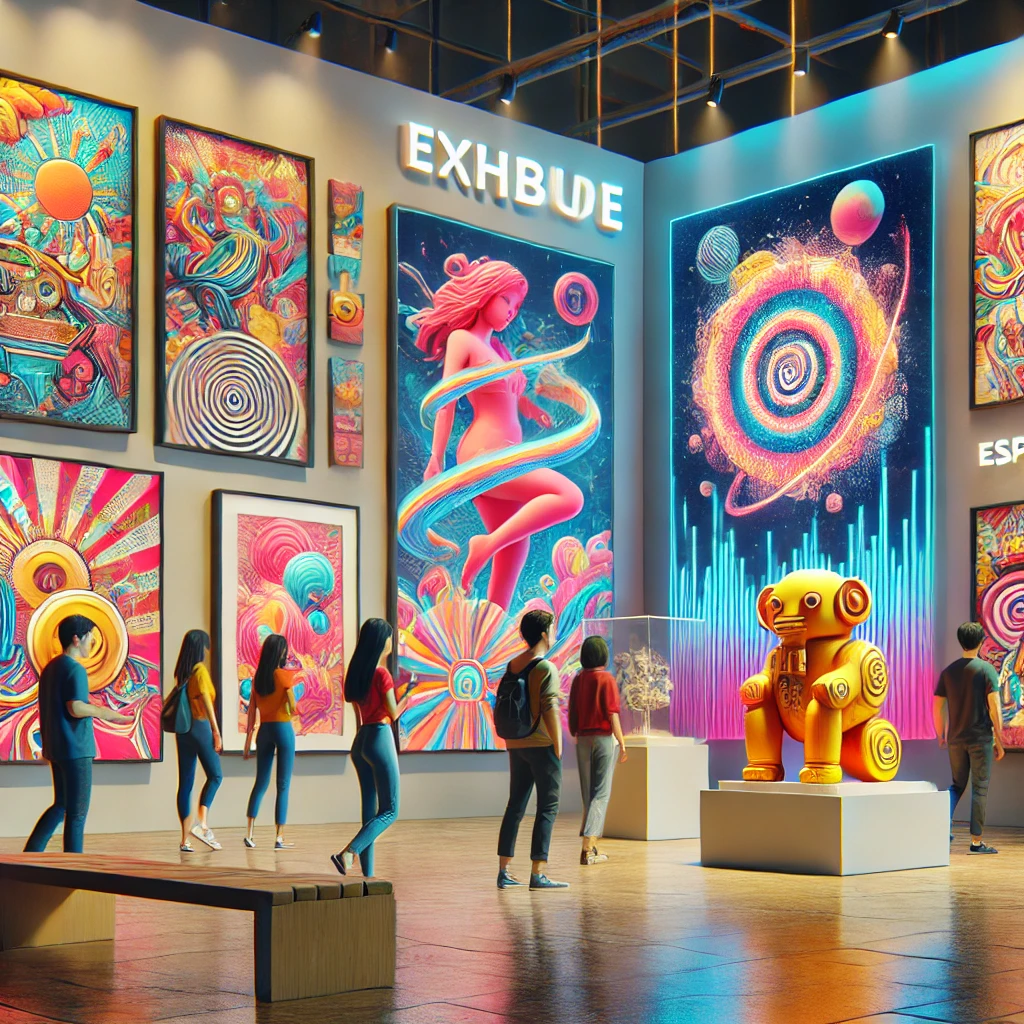
Cross-Disciplinary Influences
Art, technology, and business are merging. This convergence fuels innovative solutions that are both aesthetic and functional. For example, tech companies embrace minimalist design for better usability. Additionally, collaborations between artists and engineers have produced groundbreaking installations.
Visuals and Media
High-quality visuals and engaging media bring these narratives to life. Consider the following ideas:
- Behind-the-Scenes Videos: Short clips of designers at work offer a genuine glimpse into their creative process.
- Interactive Slideshows & Infographics: Dynamic slideshows can showcase before-and-after images and design iterations, while infographics simplify complex ideas.
- Social Media Integration: Embedding Instagram reels or TikTok snippets featuring design tips adds visual interest and invites engagement.
Conclusion
To sum up, creativity is an ever-evolving tapestry woven from passion and persistence. In this article, we explored the profiles of top designers, the creative process, the tools and technology that drive innovation, the challenges that forge resilience, and the future trends in design.
Reflect on your creative journey. What ignited your passion? What challenges did you overcome? And how will you embrace emerging trends? Remember, every great design starts with a single idea nurtured by curiosity and determination.
Audience Engagement
We would love to hear from you! Please share your thoughts and experiences in the comments below. Which part of the creative process inspires you the most? Additionally, participate in our poll and join our live Q&A sessions for direct engagement with top designers. Your voice is vital to our vibrant creative community.
Happy designing and thank you for joining us on this creative journey!
- Additional Resources
- Design Thinking: Getting Started with Empathy – A helpful guide on empathy-driven design thinking from the Interaction Design Foundation.

